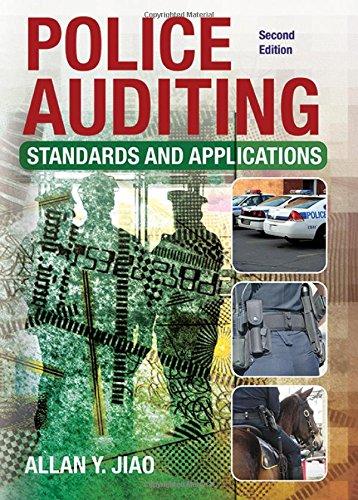Polaski Company manufactures and sells a single product called a Ret. Operating at capacity, the company can produce and sell 30,000 Rets per year. Costs associated with this level of production and sales are given below s15 Direct materials Direct labor Variable manufacturing overhead Fixed manufacturing overhead Variable selling expense Fixed selling expense Total cost 458,880 248,800 99,880 278,699 120,090 6 180,60 45 1.350,009 The Rets normally sell for $50 each. Fixed manufacturing overhead is $270,000 per year within the range of 25,000 through 30,000 Rets per year Required 1. Assume that due to a recession, Polaski Company expects to sell only 25,000 Rets through regular channels next year. A large retail chain has offered to purchase 5,000 Rets if Polaski is willing to accept a 16% discount off the regular price. There would be no sales commissions on this order; thus, variable selling expenses would be slashed by 75% However Polaski Company would have to purchase a special machine to engrave the retail chain's name on the 5,000 units. This machine would cost $10,000. Polaski Company has no assurance that the retail chain will purchase additional units in the future. What is the financial advantage (disadvantage) of accepting the special order? 2. Refer to the original data. Assume again that Polaski Company expects to sell only 25,000 Rets through regular channels next year The US. Army would like to make a one-time-only purchase of 5,000 Rets. The Army would pay a fixed fee of $1.80 per Ret, and it would reimburse Polaski Company for all costs of production (variable and fixed) associated with the units. Because the army would pick up the Rets with its own trucks, there would be no variable selling expenses associated with this order. What is the financial advantage (disadvantage) of accepting the US. Army's special order? 3. Assume the same situation as descritbed in (2) above, except that the company expects to sell 30,000 Rets through regular channels next year Thus, accepting the U.S. Army's order would require giving up regular sales of 5.000 Rets Given this new information is the financial advantage (disadvantage) of acceotina the U.S. Arm's soecial order? Rets per year Required: 1 Assume that due to a recession Polaski Company expects to sell only 25,000 Rets though regular channels next year A large retal chainhas offered to purchase 500 0 Rets if Pol commissions on this order, purchase a special machine to engrave the retail chain's name on the 5,000 units. This machine would cost $10,000. Polaski Compa has no assurance that the retail chain will purchase additional units in the future. What is the financial advantage (disadvant accepting the special order? aski is willing to accept a 16% discount off the regular price. There would be no sales thus, variable selling expenses would be slashed by 75%. However, Polaski Company would have to ny er to the original data. Assume again that Polaski Company expects to sell only 25.000 Rets through regular channels next year The U.S. Army would like to make a one-time-only purchase of 5,000 Rets. The Army would pay a fixed fee of $1.80 per Ret, and it would reimburse Polaski Company for all costs of production (variable and fixed) associated with the units. Because the army would pick up the Rets with its own trucks, there would ndvanlatce dsaal os d bm vbe seling expenses associated with this order, What is the financal advantage (disadvantage) of accepting the U.S. Army's special order? 3. Assume the same situation as described in (2) above, except that the company expects to sell 30,000 Rets through regular channels is the financial advantage (disadvantage) of accepting the U.S. Army's special order? y's order would require giving up regular sales of 5,000 Rets. Given this new information, what 2








